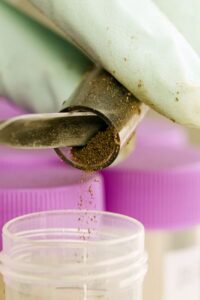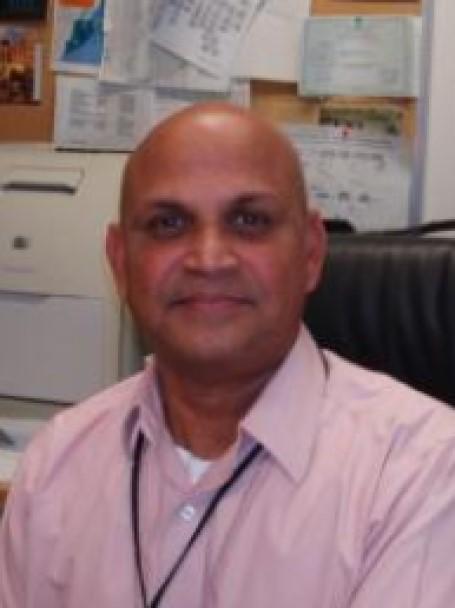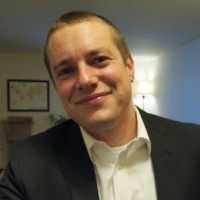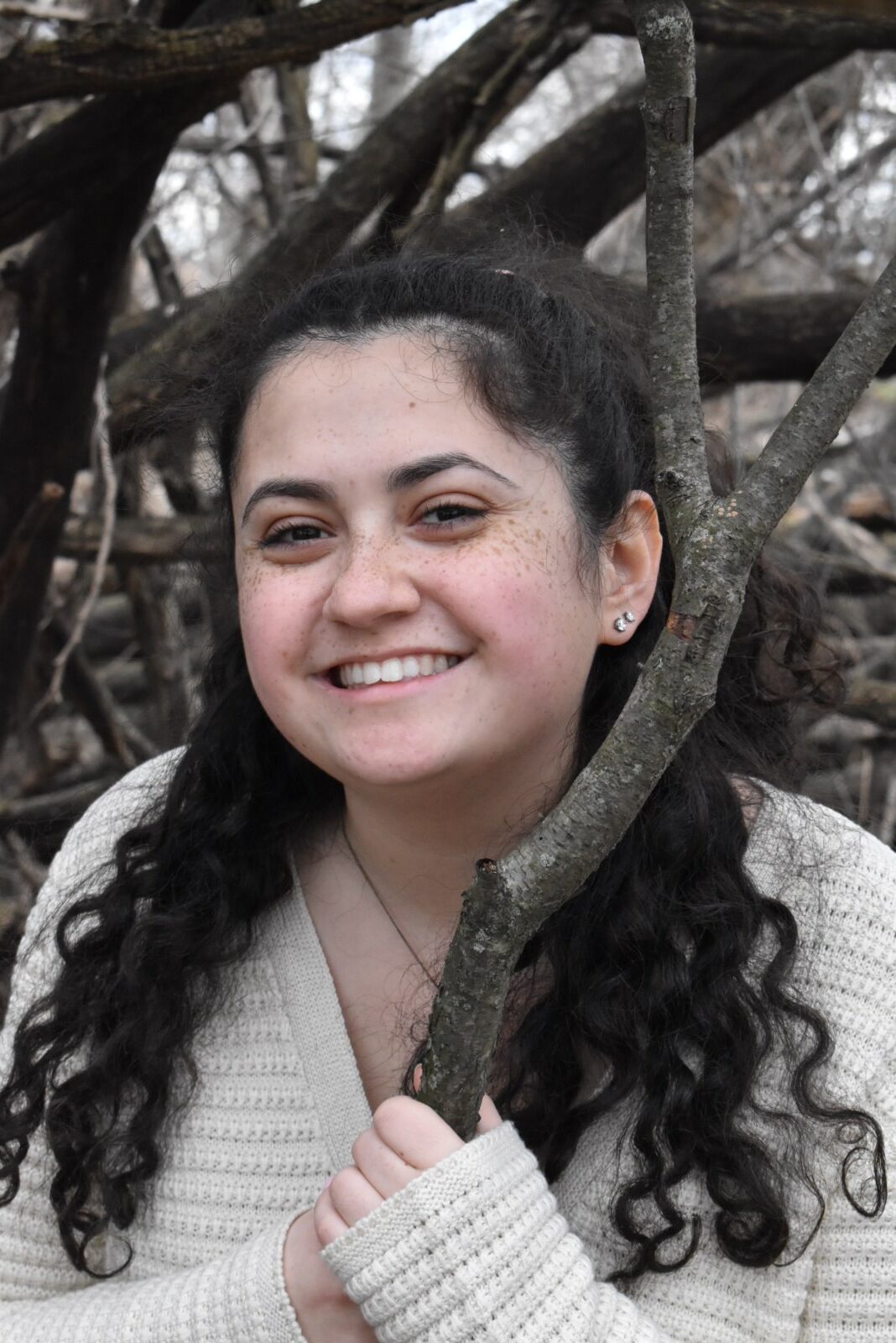Team number four of the College-Wide Research Vision, “Interdisciplinary approach to critical environmental and municipal infrastructure challenges: application to biosolids management,” is focused on finding ways to incorporate biosolids use into New York City’s infrastructure.
This team, led by team lead and professor John Fillos (civil engineering), was one of the eight final teams that got the chance to compete. The team is made up of professors Krish Ramalingam (research), Alex Rosenthal (engineering), Hillary Brown (architecture), Marco J. Castaldi (chemical engineering), Jeff Morris (chemical engineering), Urs Jans (chemistry/biochemistry), Ann Wittig (civil engineering), Naresh Devineni (civil engineering), Michael Bobker (urban systems) and Mehdi Samimi (economics/business), in addition to Fillos.
The team’s framing question is, “Imagine if New York viewed waste as a valuable resource rather than a problem and used waste to bring sustainable benefits to a range of people. What would that look like?”
 When human waste is flushed down a toilet, it goes to a waste treatment plant, which, through a series of physical and biochemical treatment processes, produces treated water that can be safely discharged into the receiving water bodies and solids. These solids get further processed at the water resource recovery facility to produce methane gas and “a semisolid, nutrient-rich product known as biosolids.”
When human waste is flushed down a toilet, it goes to a waste treatment plant, which, through a series of physical and biochemical treatment processes, produces treated water that can be safely discharged into the receiving water bodies and solids. These solids get further processed at the water resource recovery facility to produce methane gas and “a semisolid, nutrient-rich product known as biosolids.”
Typically, these biosolids are disposed of in sanitary landfills, where further stabilization takes place. New York City has 14 wastewater treatment plants that treat 1.3 billion gallons of wastewater, producing 1,200 tons of biosolids, the majority of which is shipped to landfills as far as Virginia and Pennsylvania. Therefore, the looming challenges the city will need to address in the near future will be the focus of their proposal.
In brief, Fillos and his team are proposing alternatives to recover more energy and identify the best use of biosolids as soil conditioners taking advantage of their nutrient content.
The team lays out a range of beneficial potential uses for biosolids that may include coastal protection and restoration, community gardening, organic fertilizer, park and greenspace expansion, urban agriculture, and stormwater management.
 “Turning something that is a waste into a useful product with beneficial reuse is a winning combination.” Ramalingam told The RICC.
“Turning something that is a waste into a useful product with beneficial reuse is a winning combination.” Ramalingam told The RICC.
As the team explained, there is a strong need to find uses for biosolids — primarily to improve the quality of life for people who have to coexist with trucks transporting waste materials and landfills piled high with waste, but also to benefit the environment and reduce greenhouse gas emissions.
“This is a very pressing problem,” Ramalingam said. “It needs to be solved. The city is assembling a wide array of tools to address this issue and this proposal will be a step in that direction. Additionally, this is linked to climate change because of the greenhouse gas emissions from landfills and the vehicular traffic on City streets which directly impacts the quality of life for City residents.”
A big potential use for the biosolids, as Rosenthal explained, is to treat them as a soil amendment or fertilizer. They can then be used as natural fertilizers to increase green space in the city, whether through expanding parks or just adding more trees to the streets. Even further, biosolids treated in this manner can be applied to some of the city’s coastal margins and used to restore the area’s wetlands as part of stormwater management. Bioswales, which are low-lying stretches of land with soil and thick vegetation that absorb rain and stormwater naturally to prevent flooding, can be created around the city using treated biosolids.

“The idea was to explore the challenge of managing biosolids more holistically,” Rosenthal said. “When you talk about waste streams this big in an urban area, there are community concerns, there are environmental impact concerns, there are other social concerns. This was a chance for us to take what we do best and collaborate with faculty of expertise in engineering, social sciences, policy and economics to develop more holistic proposals for the best use of handling and utilizing biosolids no longer as waste but as a resource.”

Amanda is a student at the CUNY Graduate School of Journalism, where she’s studying health & science reporting and broadcast journalism. She graduated from Baruch College in May 2022, where she double majored in journalism & creative writing and political science and double minored in environmental sustainability and communication studies. She has been published in City & State, BORO Magazine, Bklyner, The Canarsie Courier, the New York City News Service, PoliticsNY, Gotham Gazette, Bushwick Daily, DCReport, News-O-Matic, The Queens Daily Eagle, Tower Times, The Ticker, and Dollars & Sense Magazine.